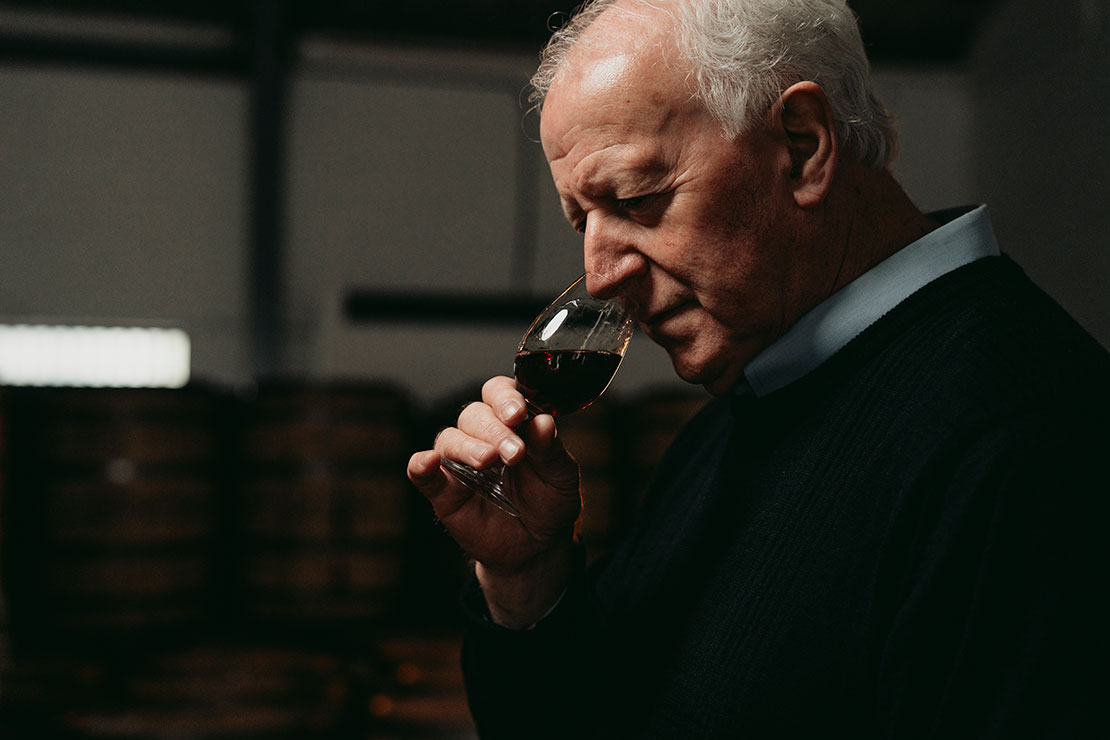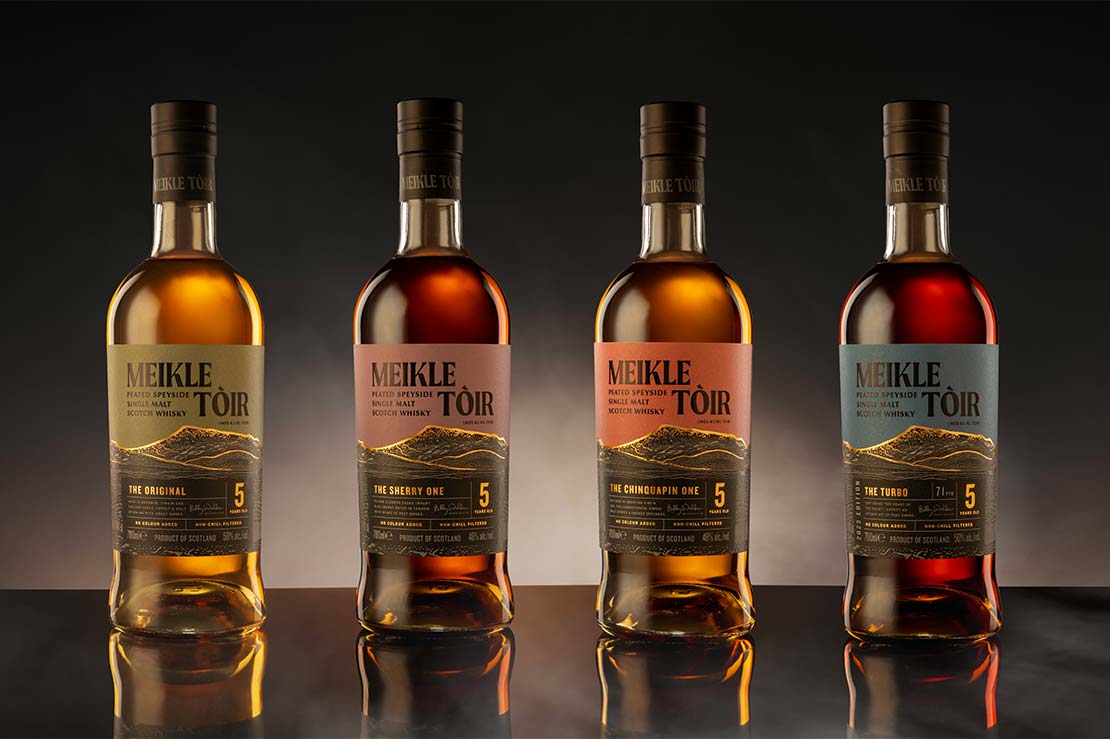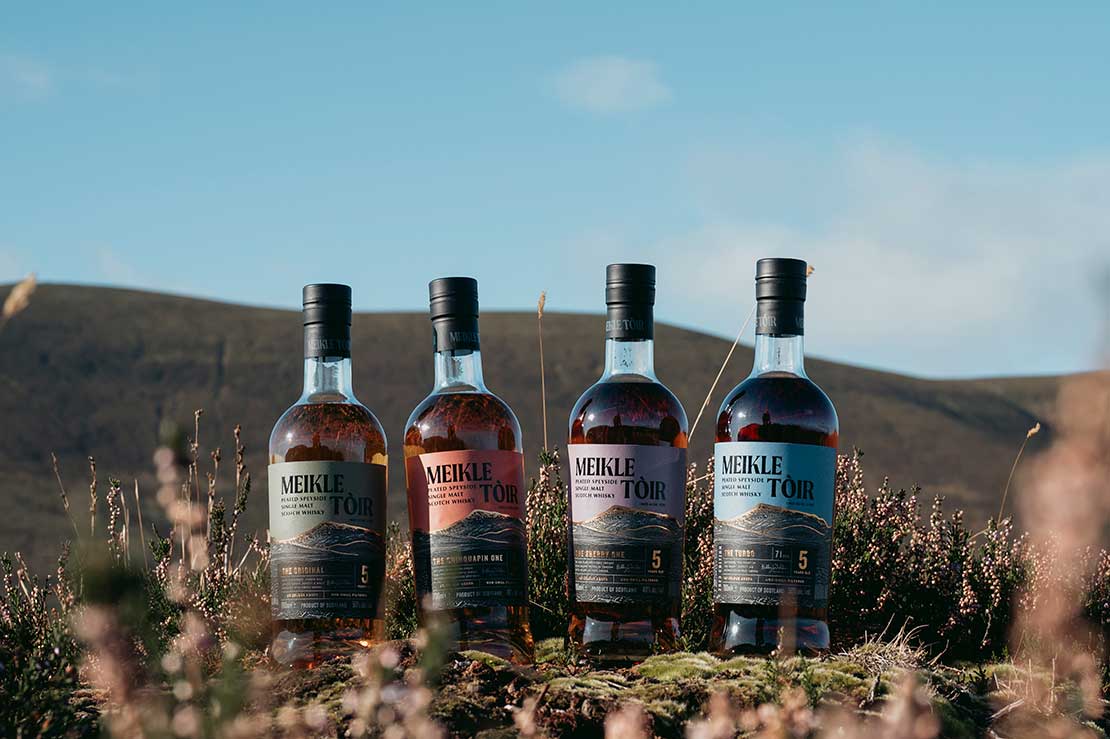Traditionally, Scotch whisky was all peaty, including the distilleries in the Scotch whisky capital, Speyside.
A little bit of history
Pre-industrial revolution era, peat bog was the primary fuel source due to its abundance across Scotland. Peat kilning imparted a smoky flavour to the malt, which persisted in the spirit. Coal was only introduced in the mid-18th century.
In 1862, with the extension of the railway to Dufftown, coal and later coke became readily available to inland distilleries. This new fuel option burned more evenly, consistently, and with less odour than peat, making it increasingly favoured.
Speyside was among the first regions to transition to producing non-peated whisky, leading to a newfound appreciation for a cleaner version of the spirit and ultimately shaping the distinct regional characteristics of Speyside whisky.
The region emerged as the epicenter of Scottish whisky production following the initial Scotch whisky boom spurred by King George IV's discovery of illicit whisky during his highly publicised visit to Edinburgh in 1822. While the distillery responsible for the whisky he sampled remains undocumented, it is likely that it was a peated version.
Speyside Whisky
As the largest whisky production region in Scotland, Speyside's whisky is renowned for its fruity, vanilla, and sherry-aged expressions. However, in recent years, peaty whisky has made a comeback at some Speyside distilleries as experimental and seasonal productions.
One distillery has taken this trend further by making peaty expressions a core offering in limited quantity. Since 2018, The GlenAllachie Distillers Company Limited, a Speyside single malt whisky distillery founded in 1967, has dedicated six weeks to produce a peaty whisky. One hundred thousand litres of peated new make fill specially selected casks. Five years later, in 2023, when the first spirit matured into four different expressions, the Meikle Tòir (meaning "big pursuit") was launched.
In 2017, GlenAllachie included itself in the list of very few independently owned distilleries in Scotland. On his 79th birthday, revered Master Distiller Billy Walker formed a consortium with Graham Stevenson and Trisha Savage and acquired the distillery from Pernod Ricard, along with two blended Scotch whisky brands - White Heather and MacNair's.

Revered Master Distiller, Billy Walker. [Image source: Meikle Tòir]
Speyside Peated Single Malt Whiskies
Being independent gives GlenAllachie complete freedom in crafting their whiskies. Formerly a producer of whisky for blended Scotch, GlenAllachie now focuses solely on single malt whisky production. Building on his legacy from his previous tenure at BenRiach, Master Distiller Billy Walker aims to produce Speyside peaty Single Malt Whisky, prioritizing quality over quantity.
The freedom to create
Meikle Tòir's core range includes The Original, the Sherry One, The Chinquapin One, and a special edition – The Turbo, producing only eight casks annually. What sets Meikle Tòir apart is its long fermentation period of 160 hours, three times the industrial standard, allowing for the development of numerous flavours compounds. This results in a fruit-forward, mineral-rich, and oil-rich new make.
GlenAllachie sources the freshest Speyside water from Ben Rinnes Springs, locally sourced barley, and mainland peat from St. Fergus in Aberdeenshire. Unlike island peat, which is formed from seaweed and coastal matter, mainland peat, derived from the degradation of trees and moss, imparts herbaceous and iodine notes.
Production to achieve optimum flavour impact
The Meikle Tòir expressions range from the "Standard Peated" with an ABV cut from 74% to 58%, to "The Turbo" collected from 60% to 58%. Filling ABV is 63.5% and 68.5%, and only second-fill casks are used, sourced from various locations including Scotland, the United States, Japan (such as Mizunara casks), Andes in Colombia (for Colombian oak), and Jarres (for sherry casks, specifically Miguel Martín).
Bottled at no less than 48% ABV (and as high ABV as possible), Meikle Tòir is non-chill filtered with no added colouring and aged for five years, capturing bold and punchy peaty characteristics. The labels, designed by Scottish illustrator Ian McIntosh, feature the natural surroundings of Speyside and Ben Rinnes, along with hues representing four natural elements: moss green, light grey, burnt orange, and pastel blue.
Specifications and official tasting notes

Meikle Tòir's core range The Original, The Sherry One, The Chinquapin One and special release The Turbo. [Image source: Meikle Tòir
The Original 50% ABV (35PPM)
Matured in first-fill bourbon barrels, American virgin oak casks and rye barrels.
Tasting notes
Nose - Baking spices, burnt honey and espresso, with hazelnuts, smoked almonds and butterscotch.
Taste - Sweet peat, rich chocolate, and heather honey, with cinnamon, ginger and oak-smoked sugar.
The Sherry One 48% ABV (35PPM)
Matured in American oak ex-bourbon barrels, followed by Pedro Ximenez and Oloroso Sherry puncheons.
Tasting notes
Nose – Cedarwood, cigar box, butterscotch and mocha, with orange peel, honey and plum jam.
Taste – Dark chocolate, smoked honey and mocha, with figs, treacle, burnt sugar and puffs of peat smoke.
The Chinquapin One 48% ABV (35PPM)
Matured in American oak ex-bourbon barrels, followed by Chinquapin virgin oak barrels.
Tasting notes
Nose – Smouldering oak embers, burnt liquorice and honey, with ginger, butterscotch and orange peel.
Taste – Cocoa, crème brulee and toasted almonds, with cinnamon, aniseed and campfire smoke.
The Turbo 2023 Edition 50% ABV (71PPM)
Matured in three American virgin oak casks and five oloroso hogshead.
Tasting notes
Nose – Manuka honey, worn leather and chocolate, with toasted hazelnut, sultanas and burnt orange peel.
Taste – Intense peat, honey and mocha, followed by smoked spices, roasted chestnuts and charred oak.
Meikle Tòir is exclusively distributed in Malaysia and Singapore by AsiaEuro Wines & Spirits.
- T -
